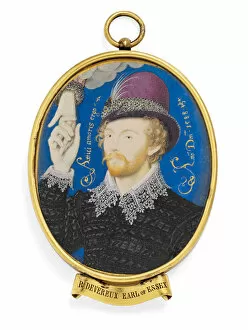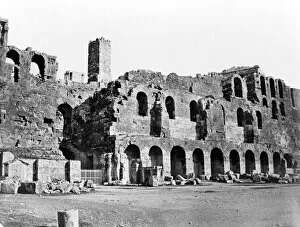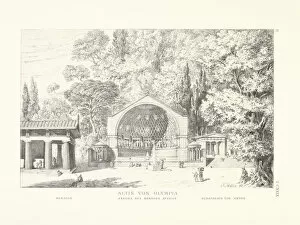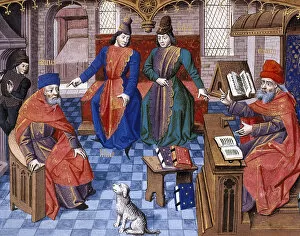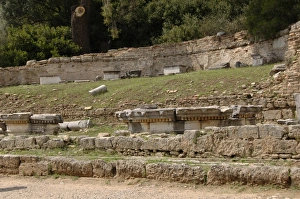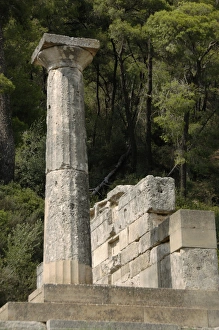Atticus Collection
"Atticus: A Journey Through Time and Wisdom" In this captivating image, we are transported to a realm where the past intertwines with the present
All Professionally Made to Order for Quick Shipping
"Atticus: A Journey Through Time and Wisdom" In this captivating image, we are transported to a realm where the past intertwines with the present. The discussion of Latin philosophers takes center stage, as their profound teachings echo through the ages. From right to left, we witness Cato, a stoic philosopher known for his unwavering principles. Amidst this intellectual discourse stands Atticus, an enigmatic figure who seems to embody wisdom itself. His presence is juxtaposed against vibrant blooms of Michaelmas daisies, Aster amellus, and self-heal - symbols of resilience and healing that remind us of life's constant renewal. A young gentleman clasps a hand descending from a cloud above him; it is as if he seeks guidance or receives enlightenment from realms unseen. This exquisite watercolor on vellum painting transports us back to 1588 when art was used as a conduit for exploring deeper truths. As our gaze shifts towards other images captured by EyeUbiquitous_20109866-65-64-54, we encounter glimpses into ancient Greece and Rome. Herodes Atticus emerges in marble form before us - an influential figure whose bust speaks volumes about his impact on society during the 2nd century AD. Greek Art reveals more wonders at the Nymphaeum of Herodes Atticus - an architectural masterpiece adorned with Doric columns that exude timeless elegance. These remnants from antiquity serve as testaments to human ingenuity and artistic prowess. Lastly, Roman Art presents us with a mesmerizing sight - a bull bearing a votive inscription dating back centuries ago in Greece. It serves as evidence of devotion and gratitude offered by individuals seeking solace or favor from higher powers. Through these diverse hints intertwined within "Atticus, " we embark on an immersive journey through time and wisdom. We are reminded that knowledge transcends eras while nature's beauty remains eternal.



